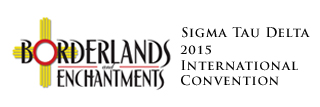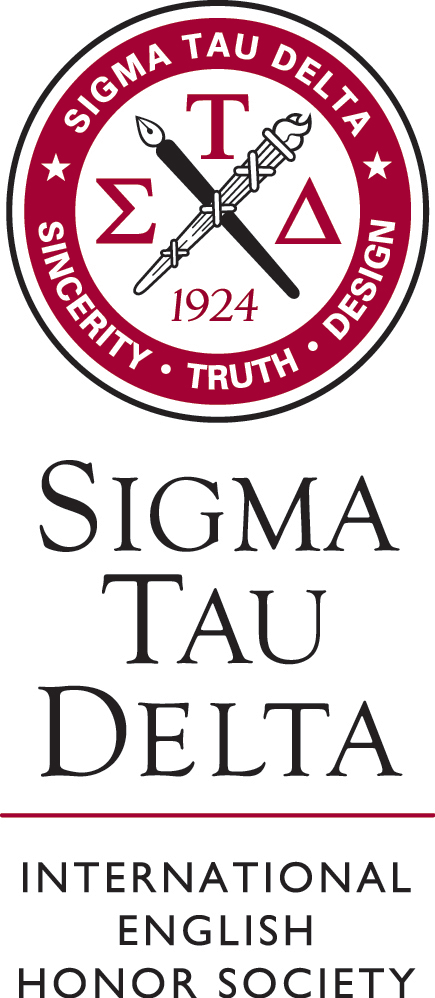Faculty Moderators
Where chairs introduce each session and its participants, faculty moderators are responsible for leading the Q & A at the end of the sessions. The moderators' tasks look very much like the work they do in the classroom: fostering discussion, encouraging participation, asking questions that lead writers to understand greater truths about the texts they have read. Yet moderators allow students (both those in the audience and the presenters—whom they should encourage to ask questions of each other) to dictate the direction of the discussion. Because sessions are limited to 75 minutes, moderators also keep time, so that no participant exceeds the 15-minute time limit.
Well before your presentation, check the location for your session. Changes to the schedule will be posted on the bulletin board near the registration table.
Suggestions
- Arrive at your session five minutes prior to the beginning of the session.
- Before the session begins, introduce yourself to the chair and the presenters and check to see if all of them have arrived and help your chair begin the session on time.
- Remind presenters that they have 8-15 minutes. Keep track of the time and, if needed, gently remind presenters when there is only a minute or two left. Work out the system for such reminders with the panelists in advance of the session. Do NOT let any presenter exceed his or her time limit by more than a minute or two so that the later presenters are not cut short.
- As time permits, facilitate a discussion of the works with the presenters, the chair, and the audience. If the audience hesitates, be willing to step in with your own question(s), but yield the floor to session attendees and the presenters. If possible, make sure that each presenter is involved in the discussion even if you have to direct a question to her or him.
- Intervene if an audience member is dominating the discussion or is being rude or inappropriate. You are the “safety net” for the often nervous first-time presenters.
- Conclude the session by thanking the attendees and by asking for another round of applause for the presenters.
- See below for some question strategies to start the discussion at the end of a session.
- If attendees or presenters need special seating or lighting, moderators and chairs should make every attempt within their abilities to accommodate such needs.
- If the chair does not arrive, please take on the duties of the chair. At your next opportunity, inform the staff at the registration table about the missing chair.
A Reminder to All Attendees
If you must leave a session before its conclusion, do not enter or exit a room while a presenter is at the podium; wait until the applause between presenters for your cue to leave or enter.
Strategies for Constructing Discussion Questions
- Listen for questions that the presenter’s work poses.
- Listen for key concepts and key words and use them in questions.
- Listen for the larger issues the work addresses and ask about the connection.
- Draw connections among and between presenters’ works.
- Draw on your own experience and knowledge related to the presentation subject matter.
- Ask what or who inspired or motivated the presenter to write that work or to write about that subject matter (Class? Teacher? Dream? Event?).
- Ask what authors influence the presenter’s writing.
- Ask what works of literature influence the presenter’s writing.
- Ask presenter to explain his or her use of ___________in the work (symbolism, point of view, metaphor, dialogue, etc.).
- Ask what prompted the presenter to take that approach or to look at the subject matter in that way.
- Ask the presenter to describe her or his writing process.



